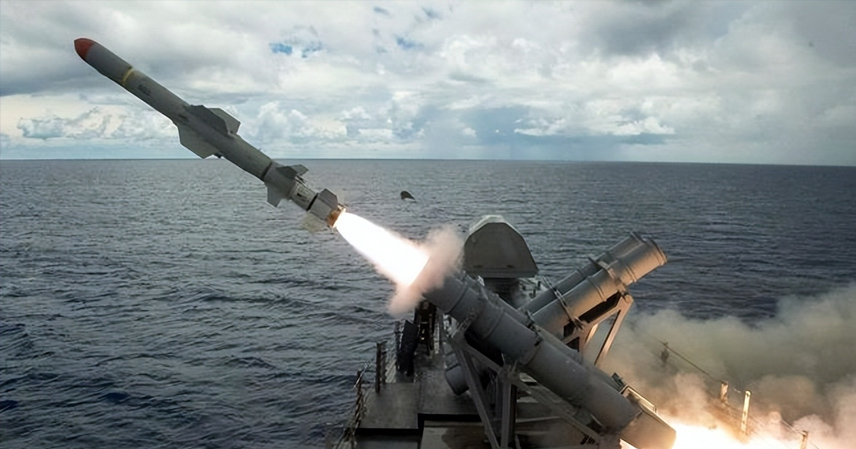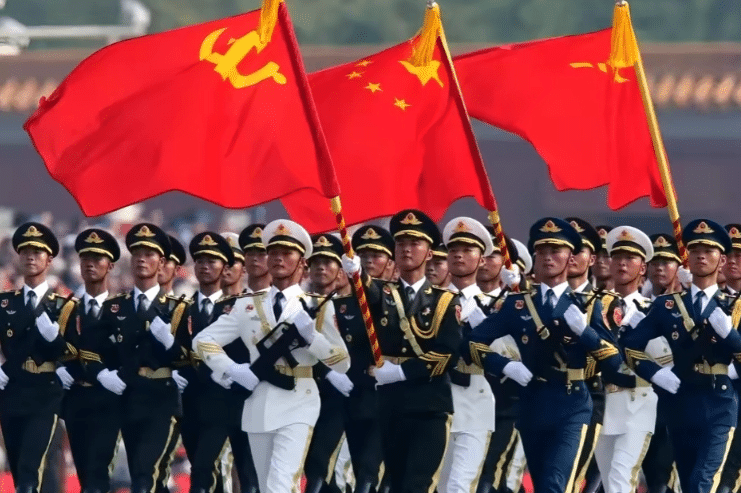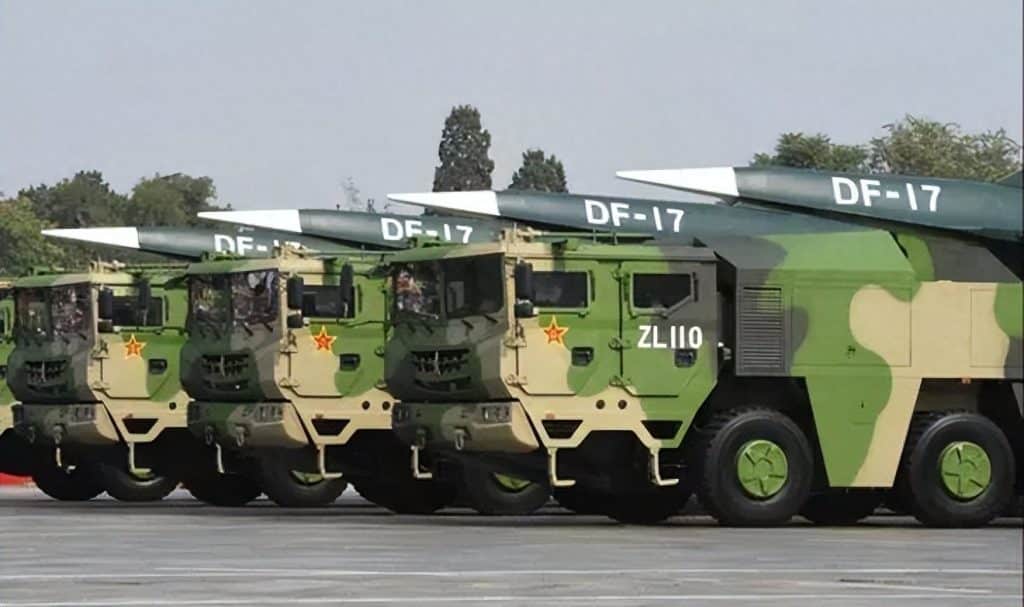When NATO fighter jets trace white trails over the Baltic skies, radar screens deep inside the Kremlin’s command bunker light up with dense signals. What appear to be routine military maneuvers may, in fact, be pushing Europe toward its most dangerous confrontation in decades.
In October, former U.S. Army Europe Commander Lt. Gen. Ben Hodges issued a stark warning during a closed-door meeting in Washington: the possibility of a full-scale NATO-Russia conflict has shifted from a theoretical scenario to a real and imminent risk.
Flashpoints of a Future War
Hodges, who once commanded tens of thousands of U.S. troops across Europe, identified two immediate targets if hostilities were to erupt: Kaliningrad and Sevastopol.
On October 13, NATO launched its annual nuclear deterrence drill, Steadfast Noon, in the Netherlands, involving over 70 aircraft from 14 member states.
While officially described as “routine,” the timing and focus of the exercise have heightened Moscow’s alarm. In response, Russia test-fired its Kinzhal hypersonic missile from Crimea — a symbolic move that sent tensions soaring to post–Cold War highs.
Hodges warned that any outbreak of war would likely be swift and decisive, with the outcome determined within hours. Modern warfare, he noted, is no longer dominated by tanks or infantry columns, but by cruise missiles, air defense systems, and electronic warfare — battles fought in the digital domain and decided in minutes.
Both Kaliningrad and Sevastopol embody strategic vulnerabilities that define this new era of deterrence. Kaliningrad, often dubbed Russia’s “unsinkable aircraft carrier,” hosts Iskander missiles capable of striking Berlin. Sevastopol, home to the Black Sea Fleet, controls maritime routes vital to grain exports and energy logistics between Ukraine, Turkey, and the Mediterranean. Striking these two points, Hodges said, would effectively sever Russia’s access to both Western Europe and the Black Sea.
Tomahawks and the Shadow of Nuclear War
For much of the past two years, the conflict in Ukraine remained a localized war. Western nations provided weapons and financial support but stopped short of crossing Russia’s declared “red lines.”
That boundary may soon blur.
Recent reports suggest that Kyiv has sought U.S. Tomahawk cruise missiles, which boast a range of up to 2,500 kilometers. Such a transfer would enable Ukraine not only to target Russian positions in Crimea but potentially reach command centers near Moscow.
While Washington has yet to confirm any decision, Moscow’s reaction has been sharp. Kremlin spokesperson Dmitry Peskov declared that any deployment of Tomahawks in Ukraine would be viewed as the arrival of “quasi-nuclear weapons.”
Former Russian president Dmitry Medvedev went further, warning: “Once a missile is airborne, we will assume the worst.”
Indeed, from radar images alone, there is no visible distinction between a conventional and a nuclear Tomahawk. That ambiguity could trigger catastrophic miscalculations.
Even without nuclear payloads, Russia has reportedly prepared its forces for immediate nuclear readiness if such missiles appear in Ukraine.
This perception gap is driving NATO to act preemptively. As Hodges explained, Western powers fear falling a step behind. Hence, the Steadfast Noon drill — officially “annual,” but now bearing unmistakable strategic intent — demonstrates NATO’s readiness to respond to any nuclear threat at unprecedented speed.
Strategic Chokepoints: Kaliningrad and Sevastopol
Kaliningrad, a Russian enclave bordered by NATO members Poland and Lithuania, lies only 600 kilometers from Berlin. The region bristles with S-400 air defenses and Iskander ballistic missiles, granting Moscow the ability to both intercept NATO aircraft and launch precision strikes deep into Europe.
For NATO planners, neutralizing Kaliningrad’s strike capacity is essential to securing air dominance over Western Europe.
Yet Kaliningrad is no ordinary city; it has been transformed into a fortified bastion, nearly impossible to seize without overwhelming force. Analysts estimate that a successful assault could require threefold troop superiority — a scenario that would test NATO’s logistical and political cohesion.
Sevastopol’s importance, by contrast, lies in energy and maritime control. From this Crimean stronghold, Russia enforces its naval blockade of Ukraine and protects supply routes to Syria. The surrounding Black Sea oil and gas fields also underpin Moscow’s wartime economy — their revenue helps sustain Russia’s military spending despite sanctions.
For NATO, cutting off Sevastopol would strike directly at the Kremlin’s economic lifeline.
The Nuclear Threshold
Hodges emphasized that the first wave of attacks in any potential NATO-Russia conflict would likely rely on missiles rather than manned aircraft. The reason is simple: modern air defense systems have made aerial penetration extremely risky, while missiles remain faster and harder to intercept.
However, Russia’s long-standing “escalate to de-escalate” doctrine — which allows for nuclear retaliation even against major conventional attacks — creates a perilous ambiguity.
Should NATO missiles strike nuclear storage facilities in Kaliningrad or Sevastopol, Moscow could interpret it as a strategic nuclear strike, prompting tactical nuclear retaliation.
Once that threshold is crossed, events could spiral beyond human control. Russia’s “Dead Hand” system — an automated nuclear retaliation mechanism — is designed to ensure that even if Moscow’s leadership is incapacitated, a full-scale nuclear counterstrike would still occur.
Meanwhile, Ukraine’s potential access to Tomahawks adds yet another layer of uncertainty. If Kyiv were to independently target Russian command centers or Moscow itself, the resulting retaliation could engulf the entire continent.
As F-35 fighters soar over European farmlands during NATO’s nuclear drill, Hodges’ simulation maps in Washington highlight an unsettling truth: peace still exists in Europe — but it has become fragile, thin, and perilously conditional.
Echoes of History
History suggests that large-scale wars rarely erupt without warning. Two signs often precede them: the unusual expansion of military exercises and the deployment of offensive weapons near a rival’s red line.
Today, both warnings are flashing simultaneously.
The situation underscores the fragility of Europe’s current security balance. What began as a regional conflict in Ukraine now risks becoming a continental confrontation, where every move — whether a drill, a deployment, or a diplomatic statement — could ignite unintended escalation.
References
- NATO press releases on Steadfast Noon 2025
- Statements by Lt. Gen. Ben Hodges, U.S. Army Europe (Ret.)
- Kremlin and Russian Defense Ministry briefings
- Reuters and BBC defense coverage, October 2025



